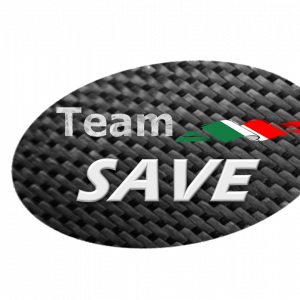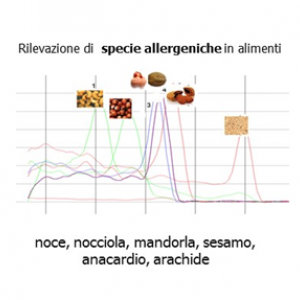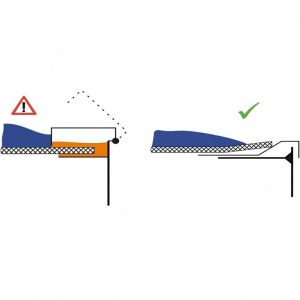
New Advanced Materials and Technologies for Aerospace Components
The focus of the activity, inside the framework of the integrated knowledge centre UMA3 (Unique Materials for Advanced Aerospace Applications), is the development and test of advanced materials for powder metallurgy, additive manufacturing and...





